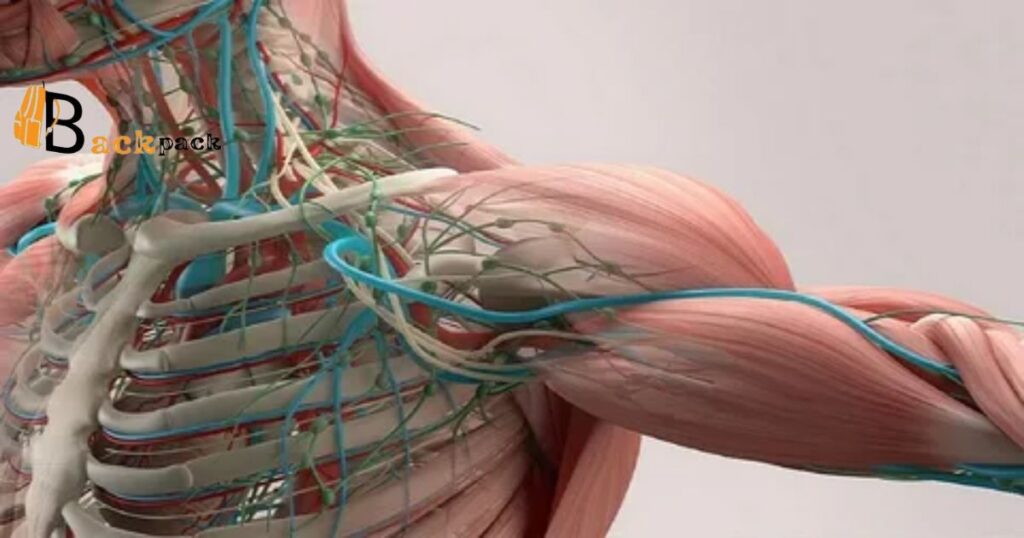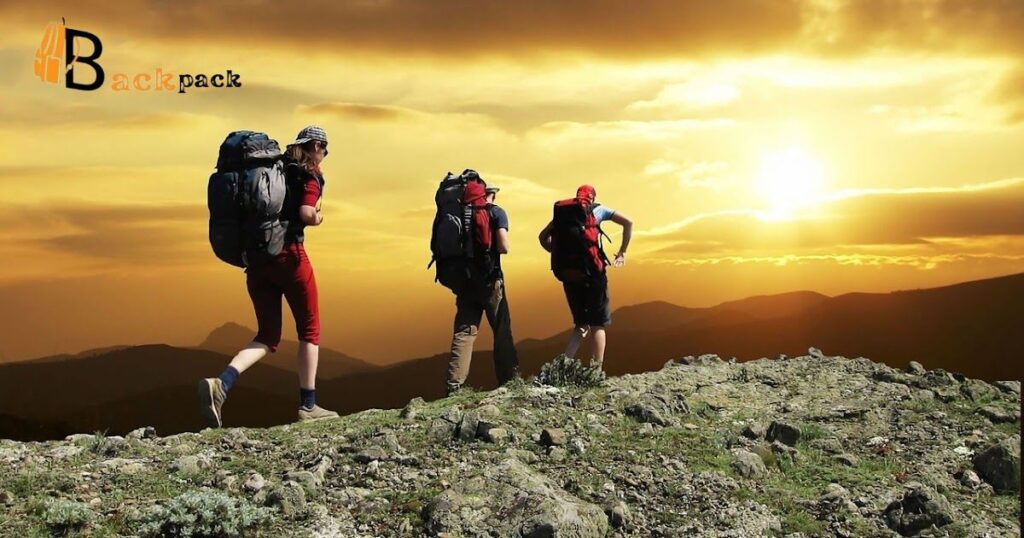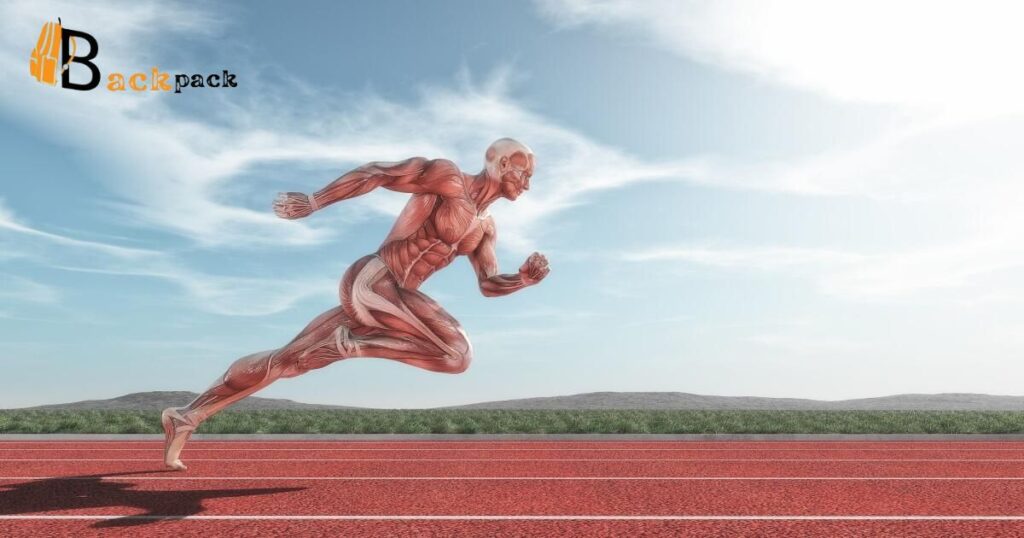carrying a heavy backpack can help make your muscles stronger. When you carry the weight it works out your back and shoulders. But be careful not to carry too much and always keep good posture to avoid hurting yourself.
Ever wondered Does carrying a heavy backpack build muscle? Its a common query that sparks curiosity. Picture this each step with that weight on your shoulders might just be sculpting more than endurance. Lets delve into the surprising benefits and find out if your daily load is silently transforming your muscles. Ready to lighten the load? Lets explore the answer together.
Carrying a heavy backpack can indeed contribute to muscle development. The added weight engages various muscle groups turning your daily commute into a mini workout. However it is essential to strike a balance and ensure proper posture to avoid strain. So yes that backpack might just be your unexpected workout companion.
Physiological Impact
Physiological Impact encompasses the profound effects on the bodys functions responding to factors like exercise stress and nutrition. It delves into the intricate ways these elements influence our overall health.
Regular physical activity for instance positively impacts cardiovascular health and mental well being. Conversely chronic stress may lead to hormonal imbalances affecting various physiological systems. Nutrition a cornerstone of physiological well being fuels bodily functions and supports growth.
Understanding these impacts allows individuals to make informed lifestyle choices promoting a harmonious balance between physical activity stress management and proper nutrition for optimal physiological health.
Factors Influencing Muscle Engagement

Understanding factors influencing muscle engagement is crucial for effective workouts. These include exercise intensity proper form and targeted muscle group focus.
By tailoring your routine to these factors you optimize your workout for maximum muscle involvement and growth. So next time you hit the gym keep these influential factors in mind for a more impactful fitness journey.
Muscle Types and Development
Muscle development involves three main types. skeletal smooth and cardiac. Skeletal muscles the ones you use during workouts contribute to strength and definition. Efficient training of each type is crucial for optimal results.
Skeletal muscles targeted through exercise enhance physical appearance and functional abilities. Understanding these muscle types is like having a roadmap to sculpting your body effectively.
When it comes to workouts incorporating a Herschel Backpack can add an extra dimension to your routine. The added resistance challenges your skeletal muscles, potentially contributing to their development. Explore train wisely and unlock your body is full potential for a healthier and more defined physique.
Pros and Cons of Carrying a Heavy Backpack build Muscle

Carrying a heavy backpack can serve as an unexpected muscle building exercise. On the positive side the added weight engages diverse muscle groups contributing to overall strength and toning. However it is vital to weigh the pros and cons.
While the physical exertion can be beneficial the downside involves potential strain on your back and shoulders. Achieving the right balance is key to reaping the benefits without compromising your well being.
Therefore although carrying a heavy backpack can be a convenient workout it is crucial to exercise caution to prevent any adverse effects on posture and long term comfort.
Backpack Weight and Muscle Engagement

Lets delve a bit deeper into the fascinating relationship between backpack weight and muscle engagement. When you carry a backpack the muscles in your shoulders and upper back bear the primary load.
The heavier the backpack the more these muscles engage to support and stabilize the weight. Additionally the muscles around your spine and core work to maintain balance contributing to improved posture and overall stability.
Studies suggest that this engagement not only builds strength but can also enhance endurance and promote better muscle tone. However. It is crucial to strike a balance. Carrying an excessively heavy backpack can lead to strain and discomfort. Optimal backpack weight varies based on individual strength and fitness levels.
Physiology of Muscle Building

Delving into the physiology of muscle building unveils a captivating narrative. Picture this. during your workout your muscles undergo tiny tears. Here is the magic your body rushes to fix and fortify these tears. leading to muscle growth. It is akin to a repair crew reinforcing a structure after a storm.
Now the hero of this tale is protein acting like the construction material for your muscles. It is the builders blueprint.
grasping this muscle-building journey can transform your approach to workouts. Appreciate the intricacies. And you will sculpt a stronger more resilient physique one workout at a time. It is not just exercise. It is an artful construction process within you.
Frequently Asked Question
Does carrying a heavy backpack build muscle?
Yes it can. The added weight engages various muscle groups.Turning routine activities into resistance exercises.
What muscles are worked when carrying a heavy backpack?
Carrying a heavy backpack primarily targets the muscles in your shoulders back and core contributing to strength development.
Is it an effective form of strength training?
Indeed. The constant load on muscles while carrying a heavy backpack mimics resistance training, fostering muscle growth and endurance.
Can it lead to muscle imbalances or injuries?
Without proper precautions, prolonged heavy backpack use may contribute to muscle imbalances and increase the risk of strain or injury.
How heavy should the backpack be for muscle building?
The weight should be challenging but manageable. Starting with 10-15% of your body weight and gradually increasing ensures a safe and effective muscle-building workout.
Final Thought
lugging around a heavy backpack does play a role in building muscle.Turning everyday movements into muscle engaging activities. The muscles predominantly affected are those in your shoulders back and core providing an accessible pathway to strength development. While it acts as a practical form of strength training a word of caution is essential. Over time continuous use of a heavy backpack without proper care may lead to muscle imbalances or injuries.
To strike the right balance start with a weight that challenges you but remains manageable around 10-15% of your body weight. This gradual approach ensures a safe and effective muscle building journey. Embraced thoughtfully incorporating a heavy backpack into your routine becomes not just a daily activity but a purposeful step towards enhancing muscle tone and overall physical well being.











